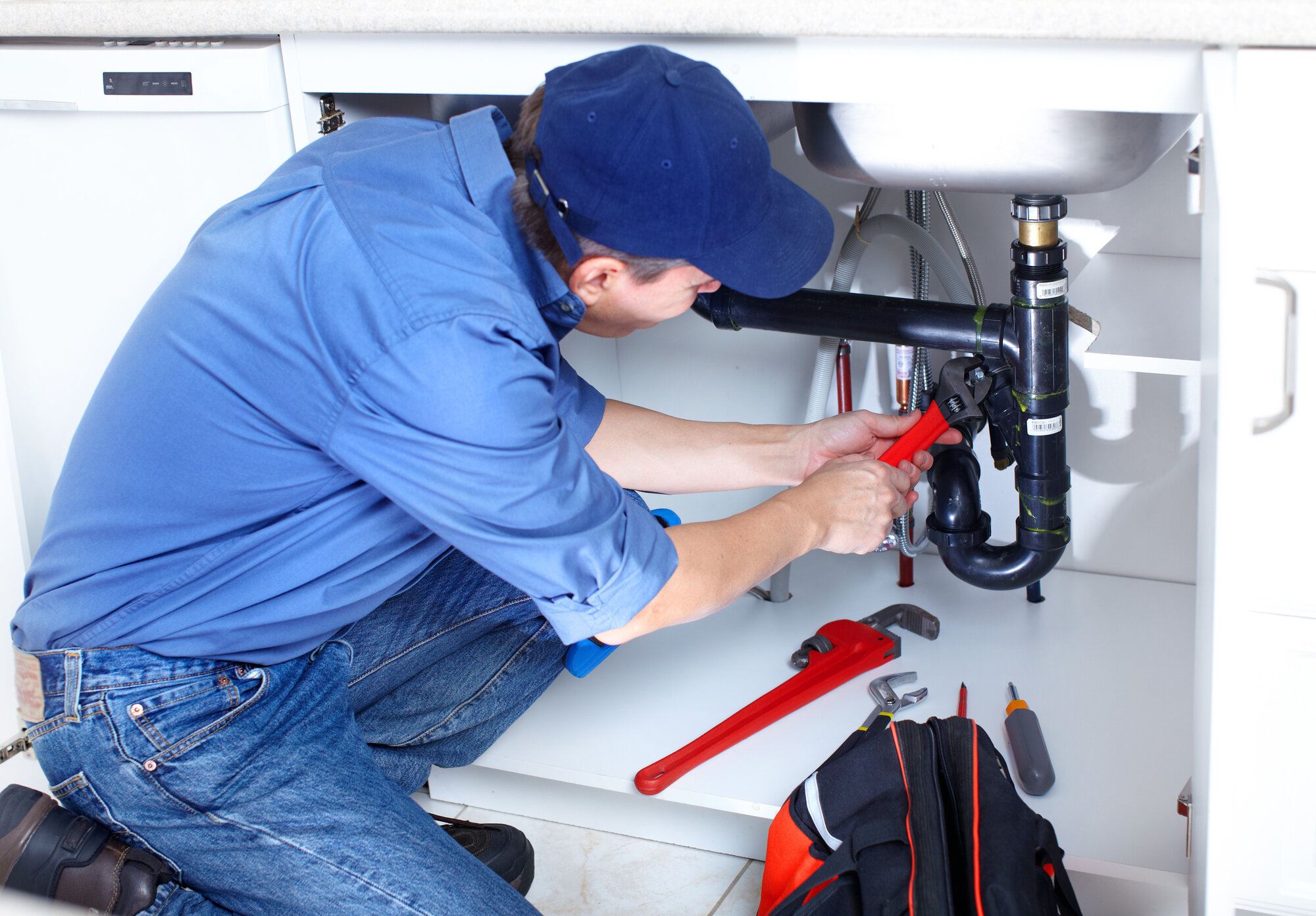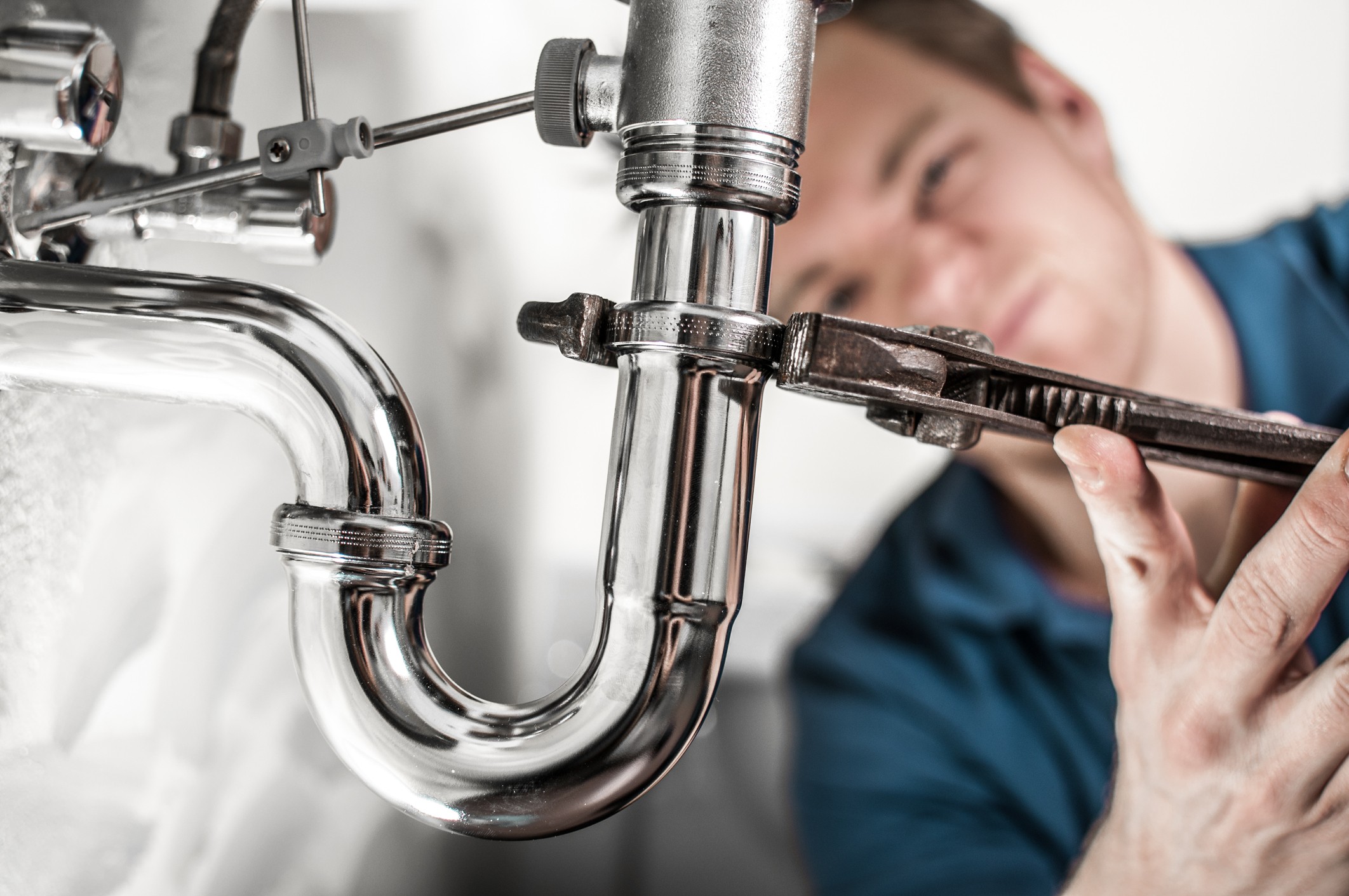A Detailed Overview to Efficient Hot Water Heater Setup for Optimum Performance
Getting started on the task of setting up a water heating unit is a venture that requires precision and an organized approach for achieving optimal performance. As you proceed, the complexities of attaching water supply lines and setting up dependable electrical or gas connections await, appealing understandings into guaranteeing efficiency and integrity.
Picking the Right Hot Water Heater

Next, consider the dimension and ability of the hot water heater. It's important to evaluate your family's warm water needs, which can vary based on the variety of occupants and their use patterns. A device that's also small may result in inadequate warm water, while a large model could cause unnecessary energy consumption.
Effectiveness ratings additionally play an essential duty in choice. Seek hot water heater with high Power Aspect (EF) ratings, showing exceptional performance and reduced energy usage. Tankless versions, though generally a lot more expensive ahead of time, offer substantial power cost savings in time because of their on-demand heating capabilities.
Preparing the Installation Area
Before setting up a new water heater, meticulous preparation of the installment area is crucial. It's vital to determine the area carefully to accommodate the water heating unit's dimensions, making certain ample clearance around the system for reliable operation and maintenance.
Next, eliminate any type of particles, dirt, or blockages from the website to create a tidy setting. Check the flooring for stability, as the hot water heater will require a strong, level surface area to operate successfully. If required, set up a drip pan underneath the unit to capture potential leaks or spills, protecting against water damages to the surrounding location. In areas susceptible to seismic activity, take into consideration mounting seismic straps to protect the heating system firmly in position.
In addition, make sure that all essential devices and products get on hand prior to commencing the installation. This includes things such as wrenches, screwdrivers, a degree, and any kind of extra hardware needed for safeguarding the heater and installing. A well-prepared installation area establishes the foundation for a successful water heating unit configuration, enhancing performance and safety.
Connecting Water System Lines
When attaching supply of water lines to your recently mounted water heating unit, it is critical to make sure that all connections are leak-free and safe and secure to keep efficient operation and prevent water damage. Begin by identifying the hot and cool supply of water lines. The chilly water inlet is normally marked with a blue label or a "C", while the warm water outlet is noted with a red tag or an "H".
Use adaptable hot water heater connectors to promote a less complicated installment process. These ports can absorb resonance and permit slight activity, decreasing the risk of leaks. Before connecting the ports, position a plumbing professional's tape around the threaded ends of the water heating system's inlet and outlet pipes - Plumbing Services Alabaster AL. This tape functions as a sealant, stopping leakages. Thoroughly attach the versatile pipes to the corresponding inlet and outlet, making sure that they are not over-tightened but limited, which could damage the strings.
When connections remain in area, slowly switch on the main water system shutoff. Check each connection for leakages by aesthetically feeling and inspecting for wetness. Tighten connections as necessary, and guarantee the pressure relief valve is correctly set up, securing against too much pressure build-up.
Establishing Up Electrical or Gas Connections
Properly setting up the electrical or gas links for your water heater is a crucial action to make sure safe and effective procedure. For electric water heating systems, start by validating that the electrical circuit is suitable with the heating unit's voltage and amperage requirements.
For gas water heating units, security is vital. Connect the gas line to the water heating system using an adaptable gas adapter, guaranteeing it is appropriately threaded and secured with pipe joint substance or Teflon tape ideal for gas connections.
When connections are made, evaluate for any type of possible leakages. For gas lines, use a soapy water remedy to the joints; bubbles suggest a leakage. For electric connections, verify that all wiring is protected and correctly shielded, maintaining conformity with neighborhood electrical codes.
Changing and examining for Performance
With the electrical and gas links securely in position, the next action is reviewing the operational effectiveness of your water heating unit. Begin by thoroughly transforming on the supply of water and making sure there are no leaks at any one of the shutoffs or joints. As soon as verified, continue to fill up the container, taking note of the pressure and temperature setups. It is advisable to set the thermostat to an advised temperature of around 120 ° F(49 ° C) to balance power effectiveness and comfort.
Next, do a complete inspection to guarantee the burner or burner are working properly. For electric heating units, utilize a multimeter to confirm if the components are attracting the proper existing. In gas versions, observe the heater flame; it ought to be consistent and blue, showing efficient combustion.
Change the settings as needed to get rid of inefficiencies. Consider implementing insulation check my reference measures, such as including a water heating unit covering, to better boost efficiency by minimizing warmth loss. In addition, examine the anode rod's condition, as a worn-out rod can reduce efficiency and result in storage tank deterioration.
Final Thought
Effective official source water heating system installment is important for making certain ideal performance and energy savings. By choosing the suitable type and size, and diligently preparing the installation area, a structure for success is established. Firmly linking water lines and thoroughly establishing up electric or gas connections lessen possible concerns. Complete testing for leakages and accurate thermostat modifications to 120 ° F enhance reliability and performance. Complying with these steps promotes long-term functionality and power conservation in household water heater.

Properly setting up the electric or gas connections for your water heating unit is a vital step to make certain risk-free and effective procedure. For electric water heating units, begin by validating that the electrical circuit is compatible with the heating unit's voltage and amperage requirements. Connect the gas line to the water heating system he has a good point making use of a flexible gas connector, guaranteeing it is appropriately threaded and sealed with pipeline joint compound or Teflon tape appropriate for gas links.